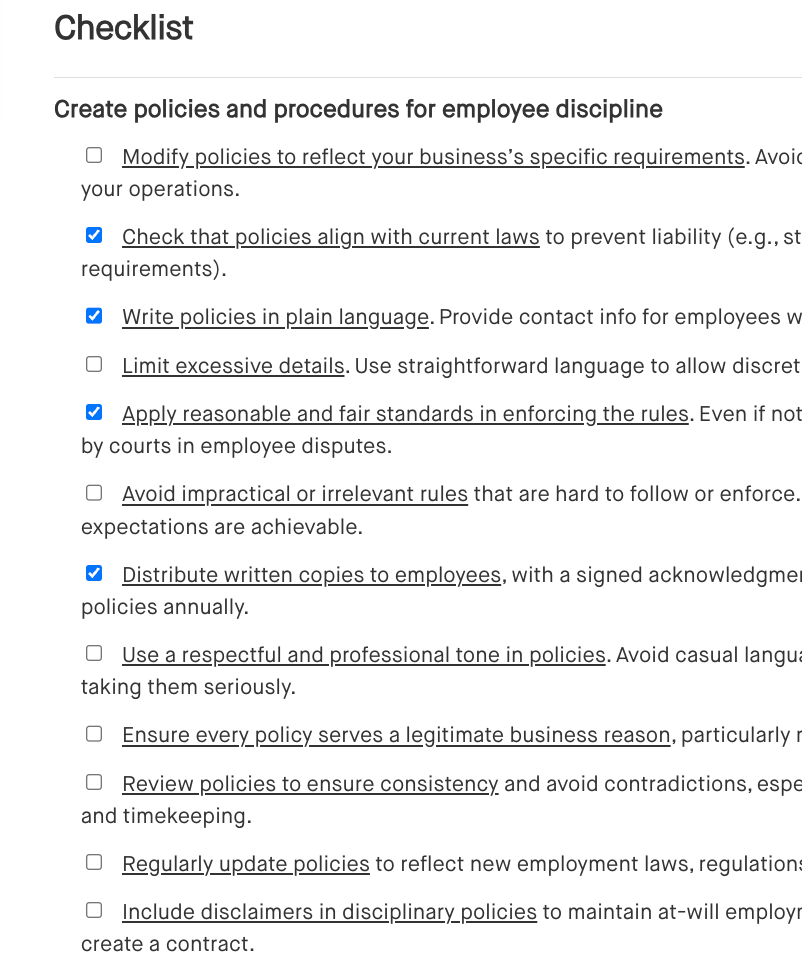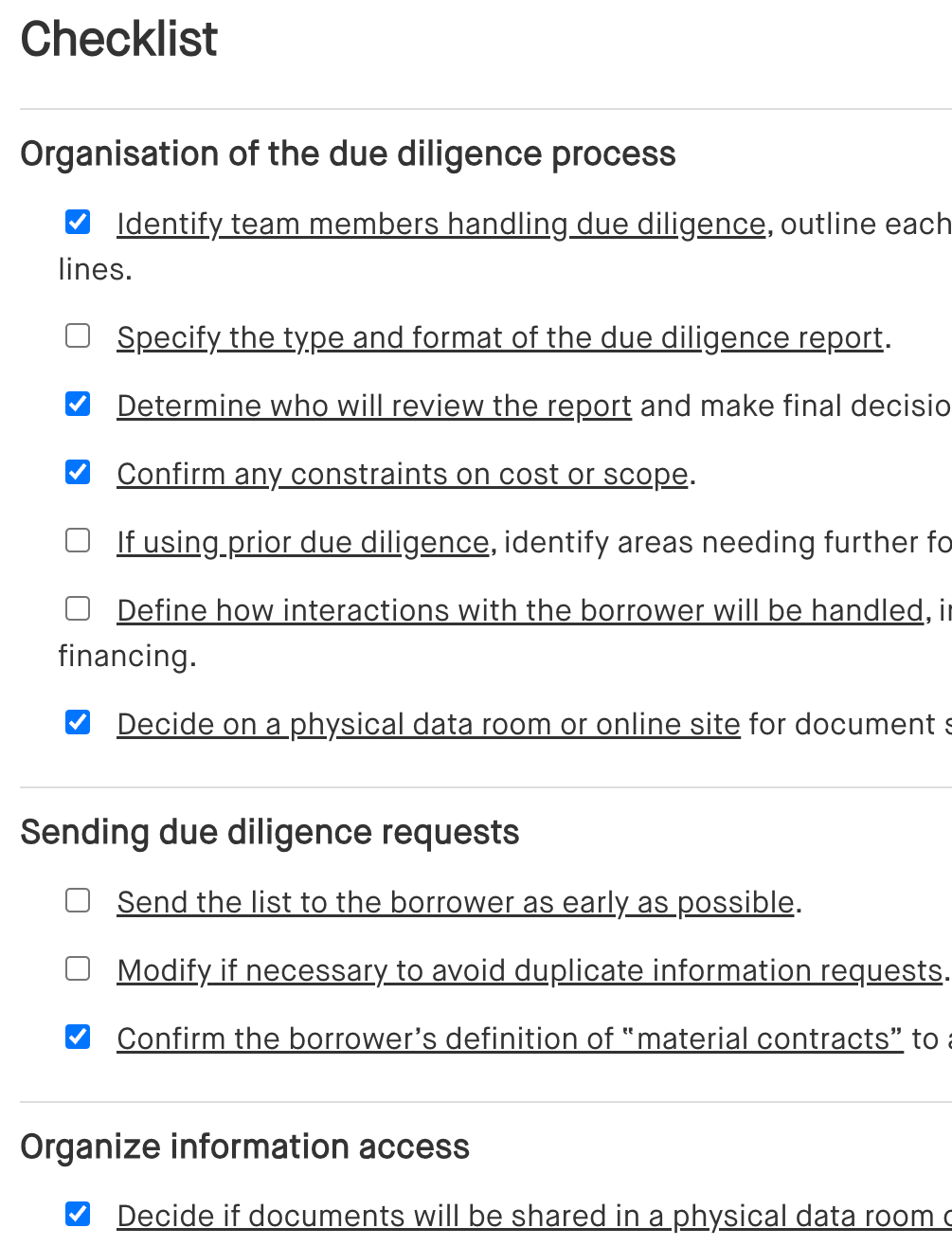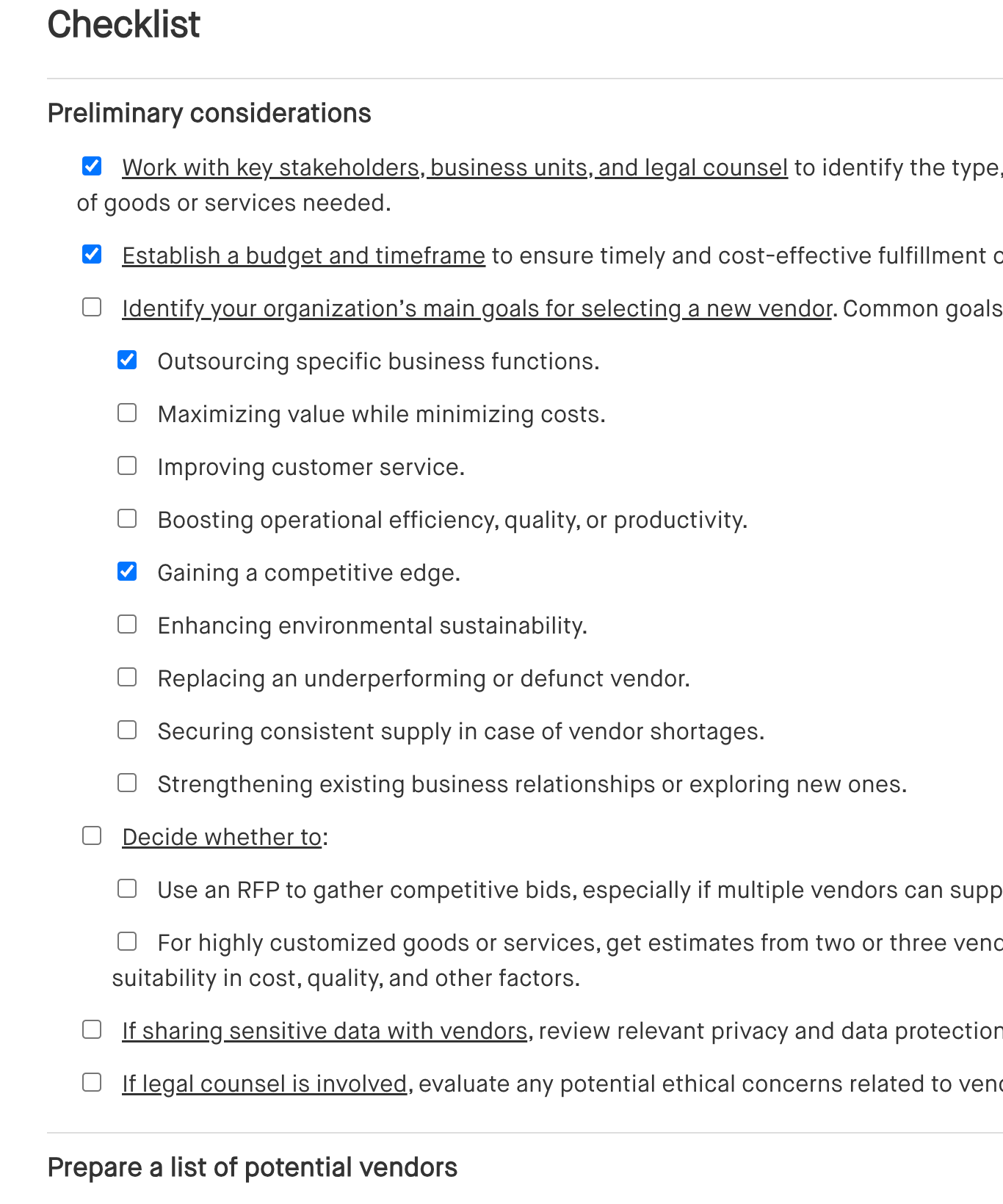Preventing attacks on your company website: Free checklist
Preventing an attack on your company website checklist
Website attacks can lead to serious security breaches, disrupting operations and damaging a company’s reputation. This checklist guides organizations through the essential steps to secure their website and IT systems against common threats like hacking, viruses, and spam. It covers technical safeguards, company policies, and additional measures for data protection compliance.
Using this checklist will help you proactively defend your website, ensuring strong security practices are in place to reduce risk and support regulatory compliance.
How to use this preventing an attack on your company website checklist
To maximize protection against potential website attacks, use this checklist as a comprehensive guide. Here’s how to get the most from it:
- Follow each step systematically: This checklist is designed to help you implement robust defenses at every level of your website security. Begin by setting up technical safeguards like firewalls and virus protection, then establish internal policies and staff guidelines. Proceed through each step to build a well-rounded defense, from technology to user practices.
- Engage all relevant departments: Effective website security requires coordination across IT, HR, and management. Involve your IT team for technical setups, HR to communicate company policies to employees, and management to review insurance and recovery procedures. Cross-department collaboration ensures that security measures are consistently enforced.
- Maintain thorough documentation: Keep records of the security protocols implemented, staff training sessions, and any insurance or backup policies set up. These records are crucial for internal accountability and regulatory audits, and they help evaluate your security practices over time.
- Customize for your business needs: Adapt the checklist based on your company’s size, industry requirements, and any specific threats relevant to your sector. Businesses offering financial services, for example, may need to take extra steps to prevent phishing and secure customer information.
- Review and update regularly: Cybersecurity threats evolve, so review and refresh this checklist periodically to stay current with new threats, technologies, and compliance standards.
Checklist
Benefits of using a preventing an attack on your company website checklist
Using a checklist to prevent website attacks helps your organization proactively secure its digital assets, ensuring a safe experience for users and a more resilient online presence. Here’s how it benefits your business:
- Ensure compliance with data protection laws: This checklist guides you through essential security measures required by data protection regulations, reducing the risk of legal issues from data breaches.
- Streamline security processes: By following a structured checklist, you can systematically cover all key aspects of website security, from technical defenses to employee practices, ensuring no area is overlooked.
- Minimize downtime and business impact: A comprehensive approach to security reduces the likelihood of attacks that could disrupt operations or compromise sensitive data, helping maintain business continuity.
- Build trust with customers: Implementing visible security measures like encryption and secure logins demonstrates your commitment to protecting customer data, enhancing user confidence in your website.
- Prepare for potential threats: By regularly using this checklist, you keep your security practices updated, staying prepared for evolving cybersecurity challenges and reinforcing your defenses.
Frequently asked questions (FAQs)
Q: Why do I need a website security checklist?
A: A website security checklist provides a clear, organized approach to securing your website and IT systems. It covers technical, procedural, and employee-related safeguards, helping ensure your site is protected against various types of attacks.
Q: Who should use this checklist?
A: This checklist is useful for IT teams, website administrators, and company managers responsible for safeguarding data and maintaining the security of online assets. It’s also helpful for any employee involved in handling company or customer data online.
Q: What if my website is already secure?
A: Cyber threats constantly evolve, so even if your website is secure now, regular updates are essential. This checklist helps you maintain up-to-date defenses, ensuring ongoing protection against new and emerging threats.
Q: How does this checklist help with compliance?
A: The checklist covers key areas required by data protection laws, such as implementing firewalls, virus protection, and secure access controls, helping your business meet regulatory standards and avoid potential fines or penalties.
Q: Should I consider external support for website security?
A: Depending on your organization’s needs, you may benefit from partnering with web security providers who offer advanced protection solutions. The checklist helps you evaluate the types of security measures to consider and when external expertise might be useful.
Q: How often should I update my website security measures?
A: It’s advisable to review and update website security measures regularly—at least every six months—or whenever you detect new threats, implement new technology, or experience staff changes. Frequent updates help keep your defenses strong.
This article contains general legal information and does not contain legal advice. Cobrief is not a law firm or a substitute for an attorney or law firm. The law is complex and changes often. For legal advice, please ask a lawyer.


